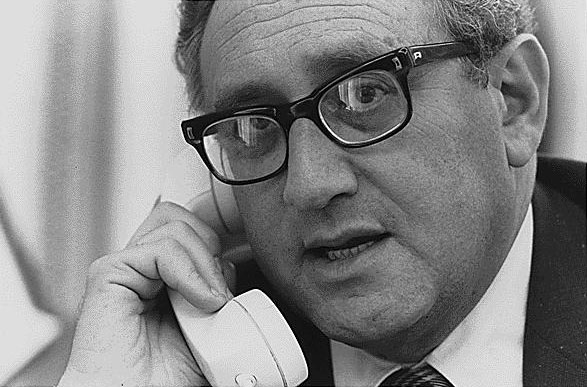By Kostas Sapardanis
The dichotomy of Cyprus constitutes a singularity within the western world as it is the spot with the only hostile borders within the alliance of NATO, the last city to be divided in two and the last borders between the British Empire and its previous subjects. The green line (named after the color of the marker used by a British officer to crudely mark the new borders on the map) signifies a historic tragedy in which the leading roles were held by Cyprians, Greeks, Turks, Americans and British.
After the 2nd World War the decolonization of Britain did not extend to Cyprus because of the important position of the British bases on the island, which is very close to the Middle East. In 1955 the Greek Cypriots, demanding Union (“Enosis”) with Greece, resorted to an armed struggle against the British, and the Turks replied with a claim to dichotomize (“Taksim”) the island, taking arms as well. The conflict ended in 1960 with the signing of the independence declaration among Britain, Greece and Turkey. In 1963 new conflict between the two nationalities of the island broke out and the Turks requested again the division of the island in two. The United Nations intervened and an awkward cease of fire took place. The Greek junta of ’67 aspired to the annexation of Cyprus under its rule and detested the Archbishop Makarios who had abandoned the idea of Union for the sake of a peaceful cohabitation.
When the dictator Ioannidis attempted a coup in Cyprus he must have been feeling certain of the result, not just because he had the support of the Greek Cypriot National Guard but also because he had the support of the United States of America (whose foreign policy had by then replaced the British as the leading one in the region), under the guidance of the secretary of state, Henry Kissinger. But Ioannidis failed to assassinate Makarios, and only forced him to exile and replaced him with the far-right winged Greek Cypriot Nikos Sampson. Turkey replied by invading the island five days later, on the 20th of July 1974, occupying 3% of the land at one stroke. The Greek junta collapsed after a second wave of attack in August, when Turkey managed to occupy 40% of the island and Makarios returned to his shrunken state. What followed were population exchanges, violence, disappearances of citizens and the founding of the Turkish Cyprian pseudo-state. James Calahan, the British minister of foreign affairs, reports that Kissinger vetoed at least one suggestion of a British intervention to avoid the Turkish invasion.




